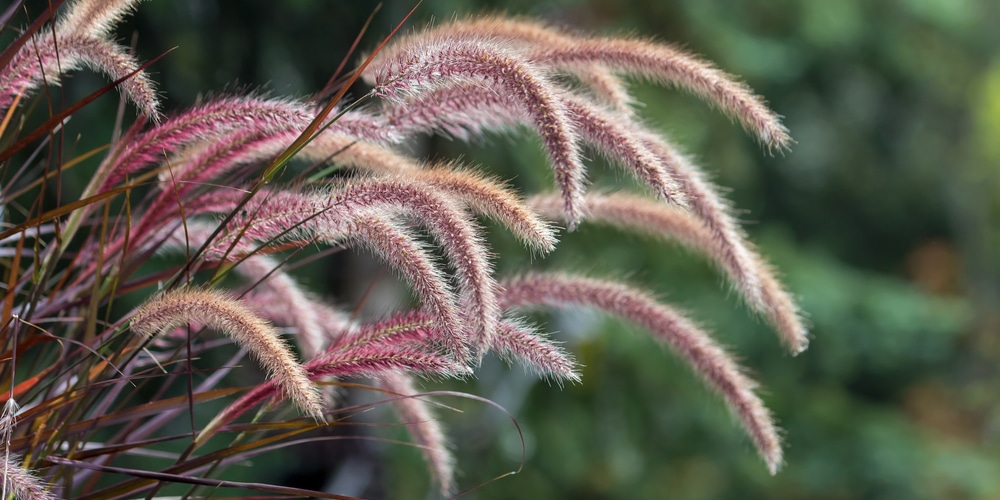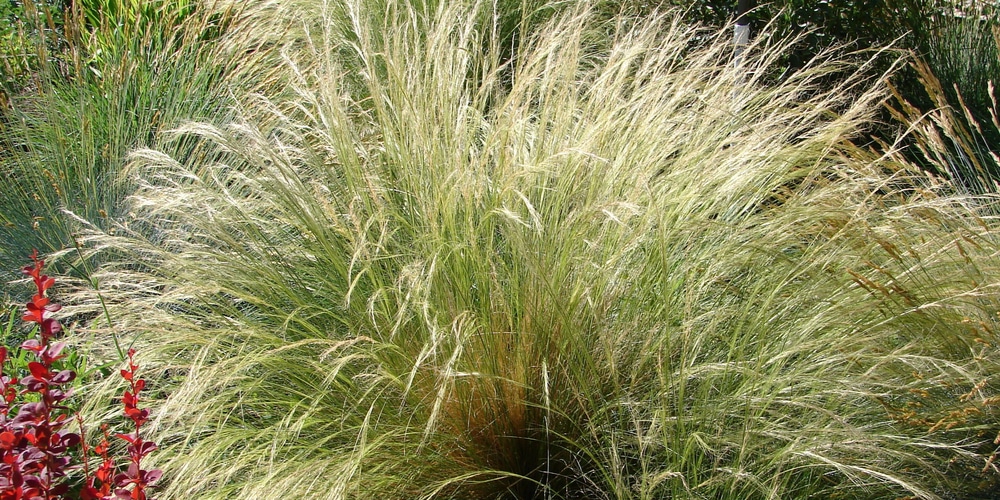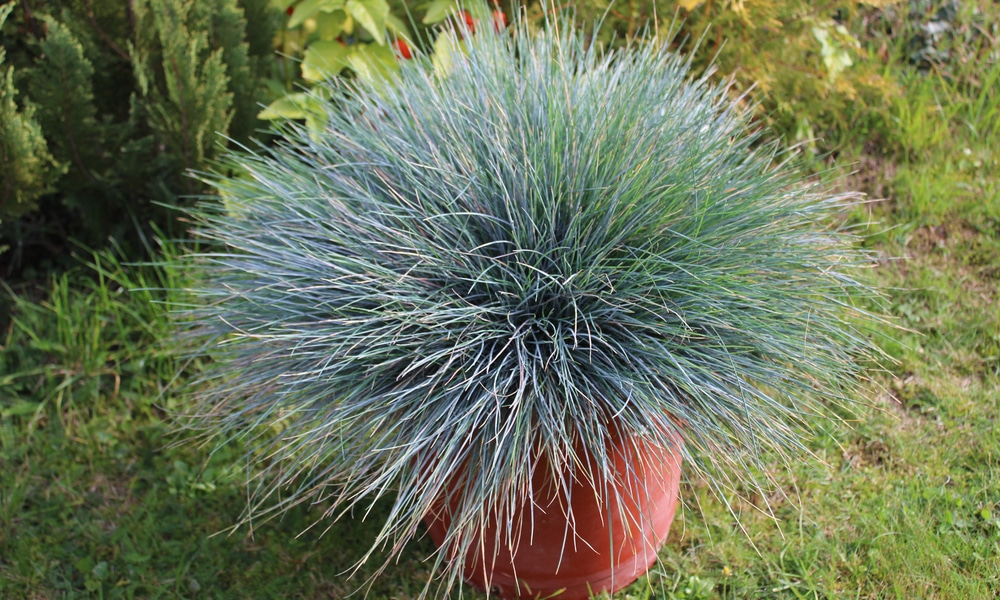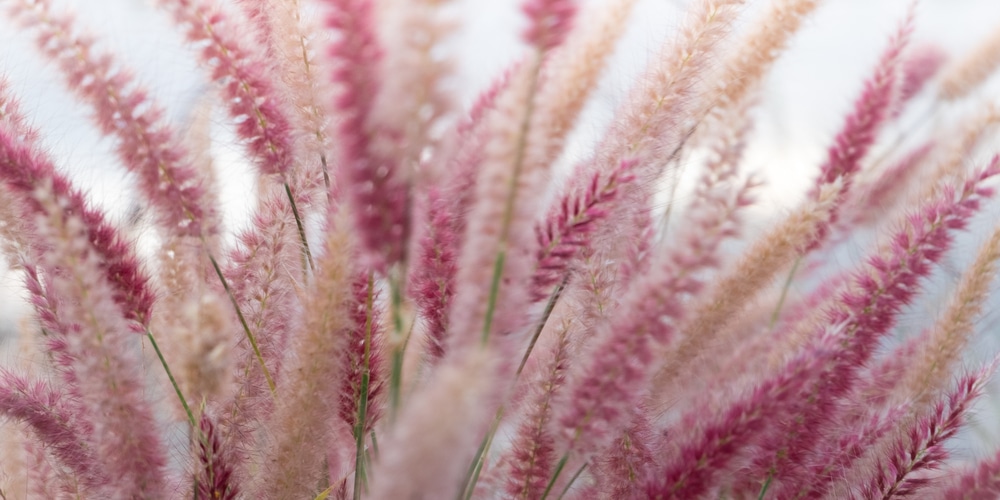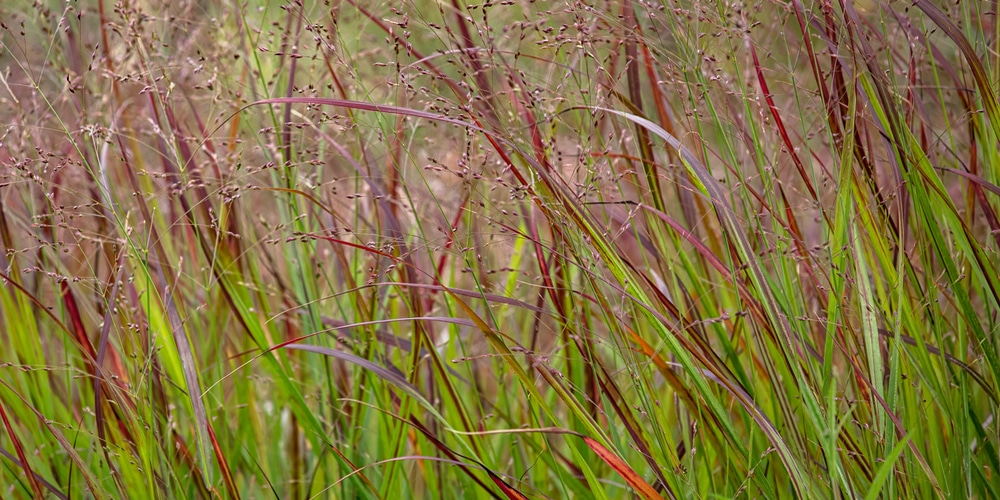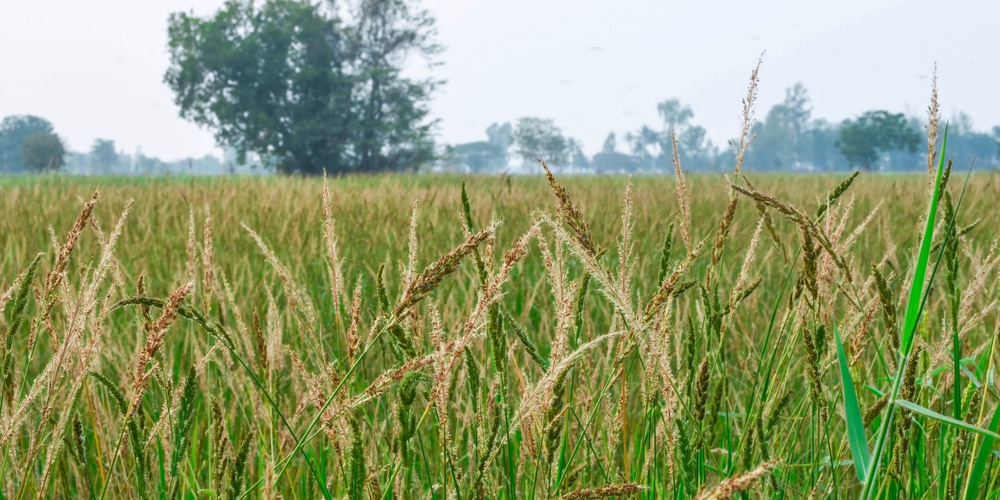Don’t want to be hampered by having to water your lawn every day or so just to keep your grass happy during summer? We have just the thing. Here are 8 drought tolerant ornamental grasses you should consider for your yard or landscape. These plants will add interest and privacy to your yard and are also eye catching.
Drought tolerant ornamental grasses
Zebra Grass
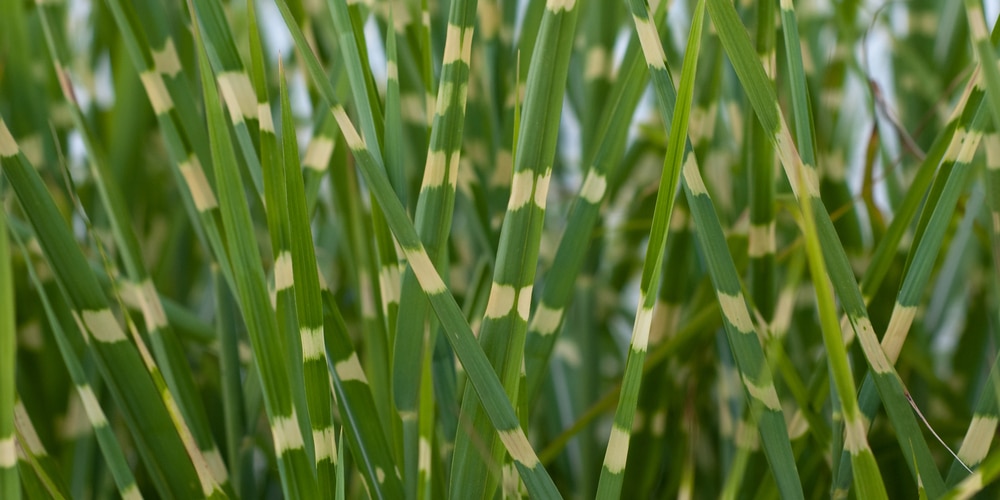
Zebra grass is an outstanding ornamental grass that has a unique feature. The blades have a horizontal stripe shape of alternating dark and lime green color which is a marvel to behold. Plus, it’s drought hardy and can thrive in full sun even if you forget to water.
In summer, the grass sprouts copper flowers that slowly turn to silver as the season turns to fall. Then, the foliage turns into pale gold and white during fall and winter, respectively.
Fountain Grass
If you want an eye-catching ornamental grass that doesn’t look like one, here is your answer. Fountain Grass exhibits that shrub-like growth and a literal shower of green and wheat color in the shape of exploding fireworks and deserves a prominent place in your garden.
The warm season perennial grows in zones 4 to 10 and needs full sun in order to thrive. It’s pest and deer resistant, and can handle less water from its owner or nature.
Blue Grama
Not only is Blue Grama drought tolerant, but it can survive cold temperatures and incoming frost in zones 4 through 9. You get year-round interest in the form of a showy ornamental grass the moment you put these in your yard.
The North American native has blue-green and finely textured leaf blades, with soft gold blooms atop the stems. It can live in virtually any soil type and is low maintenance, to boot. For the best results it’s recommended to pair it with other sun-loving perennials.
Mexican Feather Grass
Mexican Feather Grass dances in the breeze and is an excellent ornamental grass to have in your landscape. The dark green foliage gives way to silvery tan flowers that give it an ephemeral and smoky appearance.
The North American native is considered an annual in regions that get lower than 20 degrees F, and a perennial in areas that maintain a temperature of 20 degrees F and up.
Elijah Blue Fescue
A dwarf grass that exhibits a pop of color in your lawn, Blue Fescue transforms depending on the season- it’s emerald green during fall, silver in spring and an appealing turquoise in-between.
The cool season grass is low maintenance and perfect in both cool and warm regions, where it behaves like a perennial and an evergreen, respectively. Blue fescue demands full sun but can tolerate part shade, and it’s good for pollinators while resisting deer and pollution to a degree.
Pampas Grass
Pampas grass grows in zones 8 through 12 and is one of the best drought-tolerant ornamental grass out there. The warm season species likes to bask in full sun and prefers well-draining soil, but it can adapt to rocky, sandy or loamy medium.
You’ll love its salt tolerant and characteristic and ability to survive extended periods of drought. Its deep roots can stabilize the soil and prevent erosion in banks and angled landscapes. It spreads quickly, which means you will have to give it a trim now and then to keep it from invading the rest of your garden.
Purple Needlegrass
An evergreen bunchgrass with long roots that extend down to survive and get moisture, the Purple Needlegrass warrants a special place in your home. It’s hardy in zones 7 through 11 and is deer and rabbit resistant, as well as pollution and fire-tolerant.
Put the purple needlegrass in full sun and it can grow quickly and fill up the space with thick bunches of green and silvery-purple blades. As time goes by it produces golden seed heads that make your turf shimmer and look more prosperous.
Panic Grass
Panic grass can be used several ways, including as a privacy screen, hedge or border depending on your landscape needs. The prairie grass arches over gracefully and beckons to butterflies, native birds and other wildlife.
The warm season grass grows in zones 3 to 9 and loves clay and sandy soil. It matures to around 4 feet tall and 3 feet wide, and its leaves turn to yellow orange in fall.
